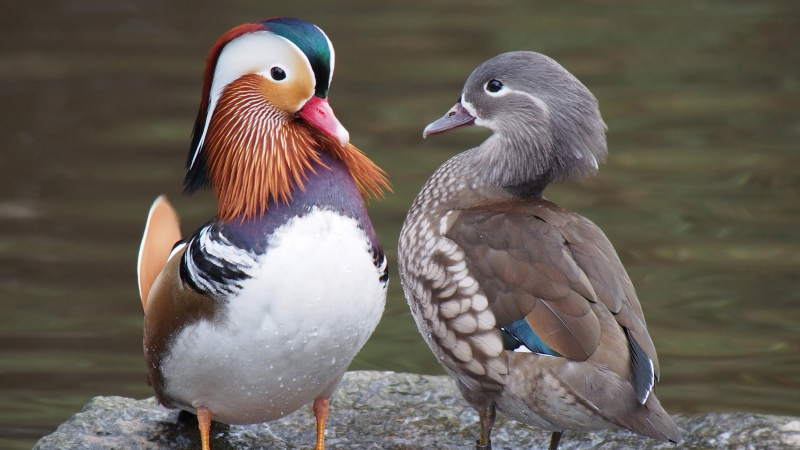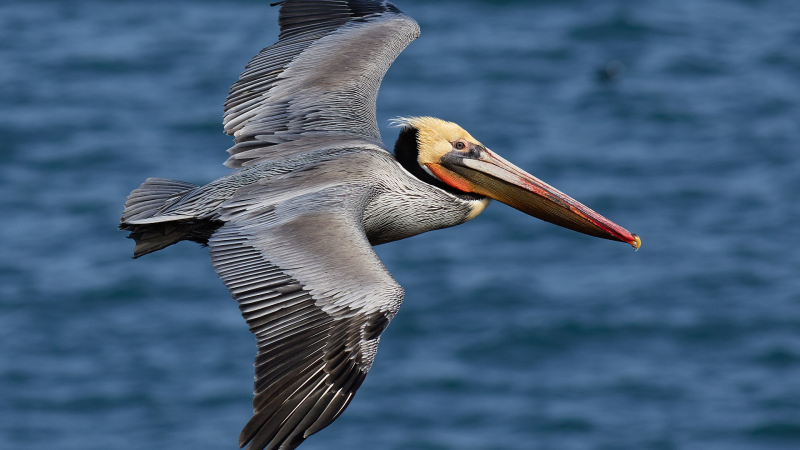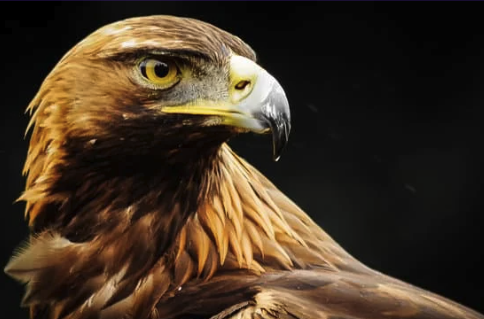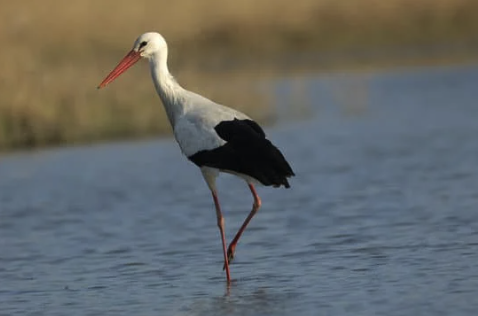Spotlight on the Avocet: Grace and Resilience in the Estuary

The avocet, with its striking black-and-white plumage and elegantly upturned bill, is one of the UK’s most iconic and instantly recognisable wading birds. Once extinct in Britain, the species has made a remarkable comeback thanks to dedicated conservation efforts—and now finds a seasonal haven right here in the Mersey Estuary.
A Special Presence at Hale and the Weaver Sluices
Each year, avocets grace the mudflats and saltmarshes of the Mersey Estuary, particularly around Hale and the Weaver Sluices. These areas provide rich feeding grounds teeming with invertebrates, making them ideal stopover points during migration and even breeding sites in good years. The gentle sweep of the Hale shoreline and the quieter, tucked-away Weston Marshes are places of refuge where avocets can forage undisturbed, especially as tides retreat to reveal feeding opportunities.

A Conservation Success Story
Their presence here is not just beautiful—it’s meaningful. Once lost to the UK due to habitat loss and persecution, avocets returned in the 1940s and have since become a symbol of hope. So much so, in fact, that the avocet was chosen as the logo of the RSPB (Royal Society for the Protection of Birds). Its elegant form embodies the success of conservation and the importance of protecting habitats like those found around the Mersey Estuary.
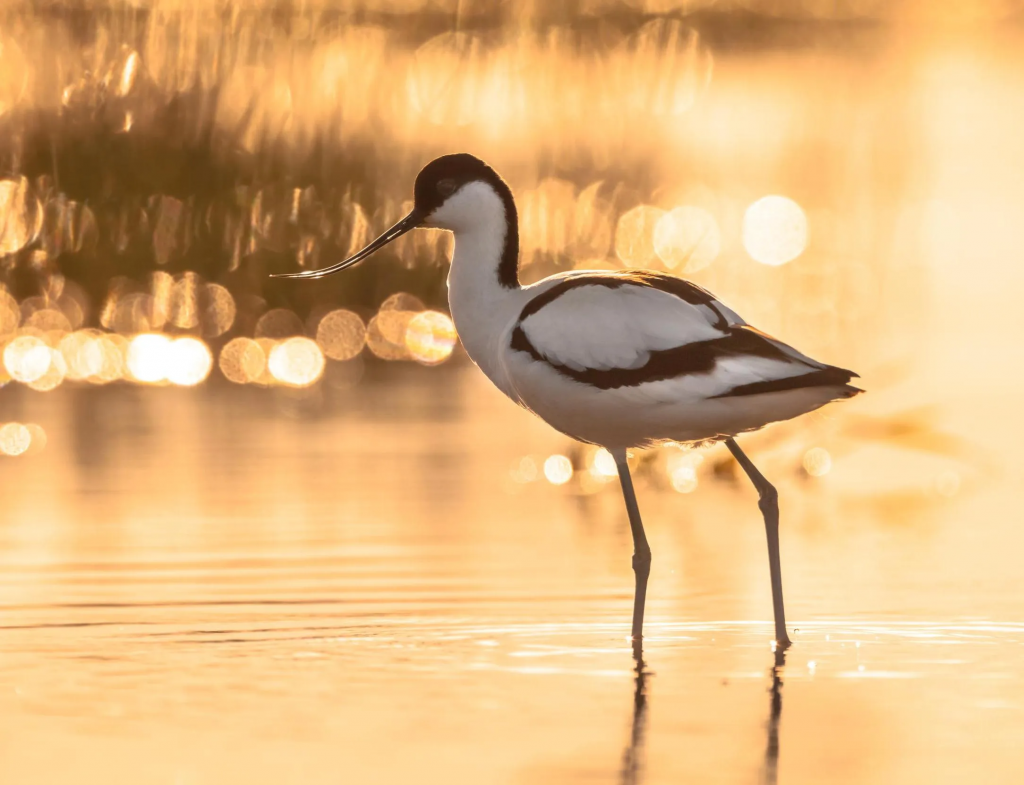
When and Where to See Them
While avocets can occasionally be seen at other times, late winter through early summer offers the best chance to spot them in our area. Look for them sweeping their bills rhythmically from side to side through the shallows. Early mornings or high tides are ideal viewing times, when the birds are pushed closer to the shorelines.
Did You Know?
Avocets use their slender, curved bills to “scythe” through the water, detecting tiny prey by touch. It’s a feeding technique that looks almost like dancing—a beautiful sight against the shifting light of the estuary.
Keep an eye out next time you’re walking the estuary paths. The avocet is more than just a pretty bird—it’s a sign of hope for our wild places, and a proud emblem of the RSPB’s enduring commitment to nature.

